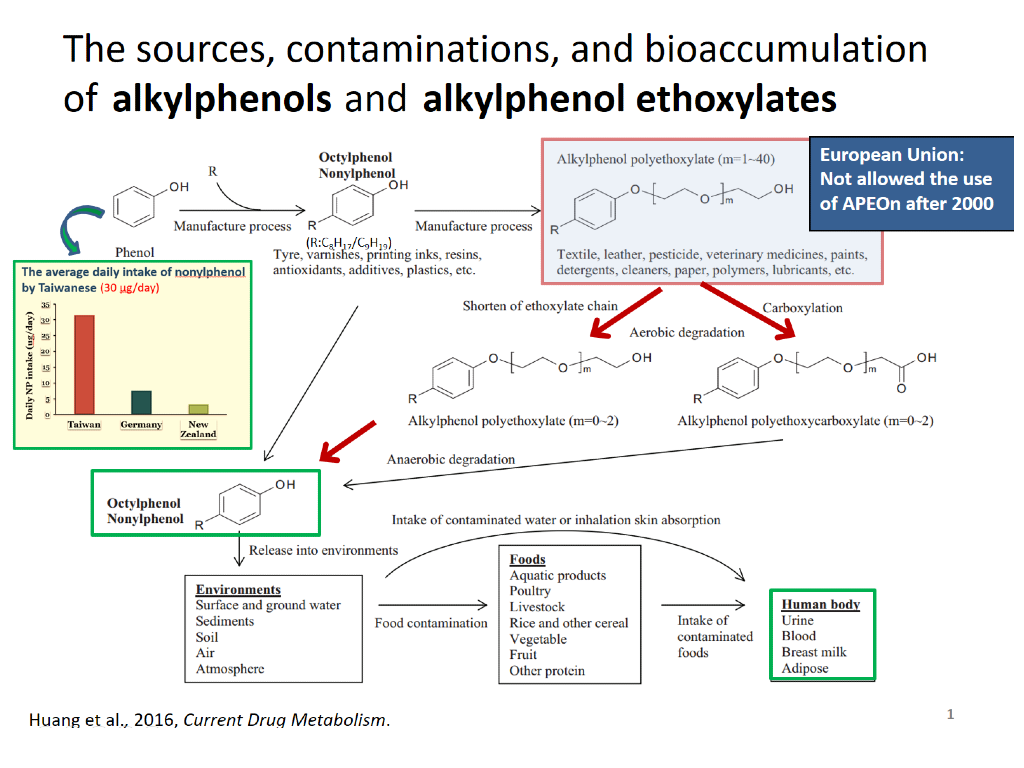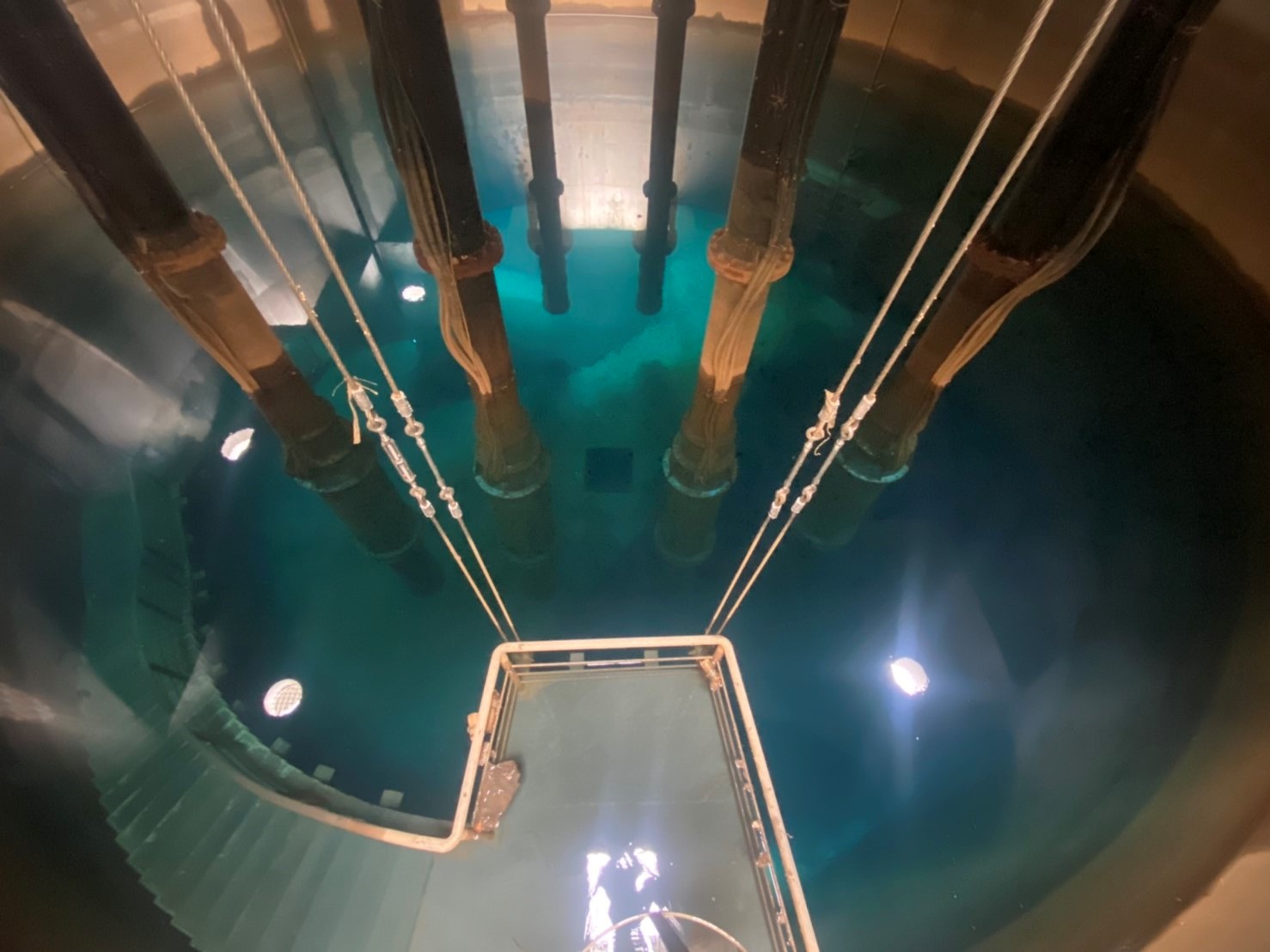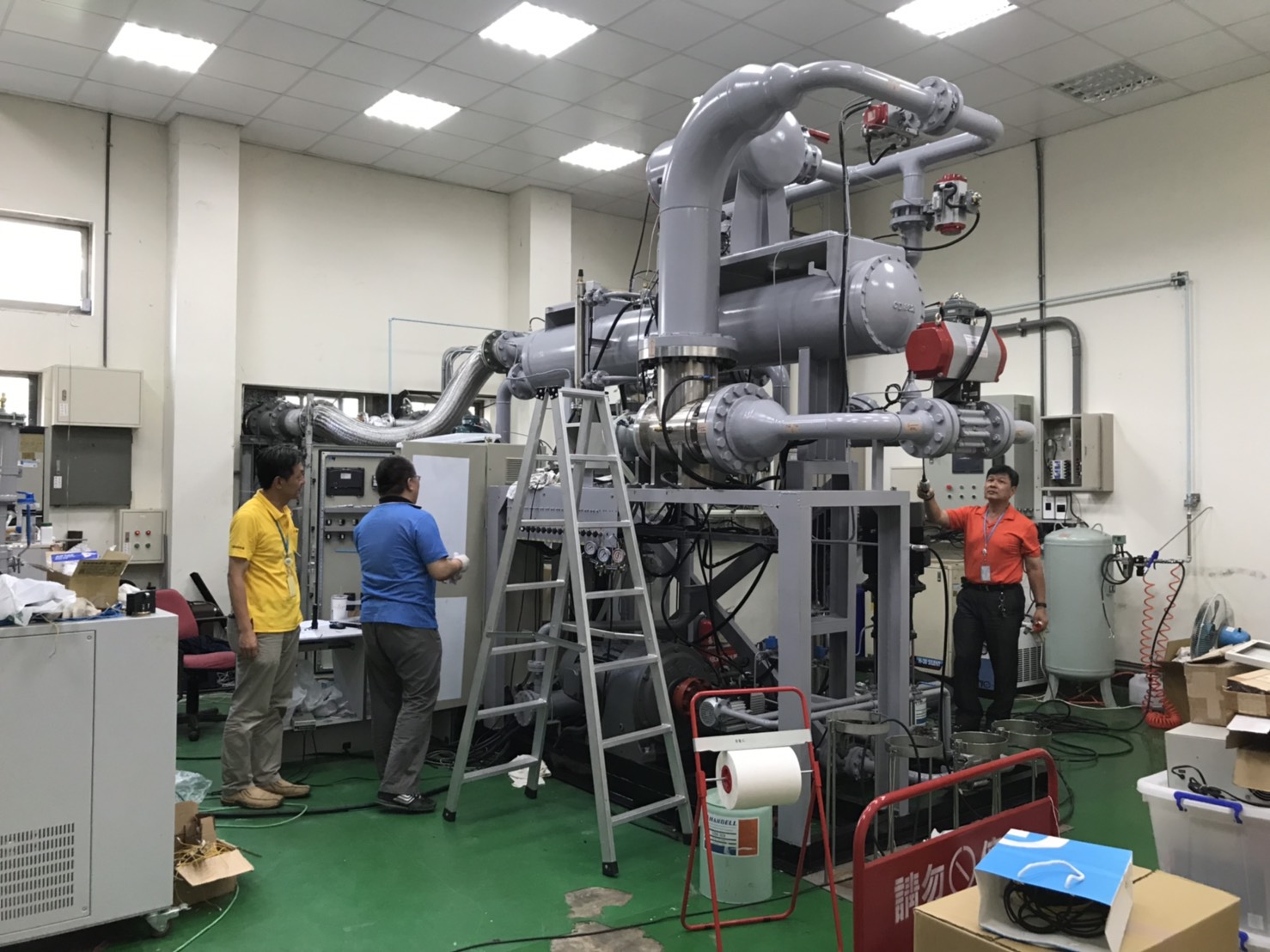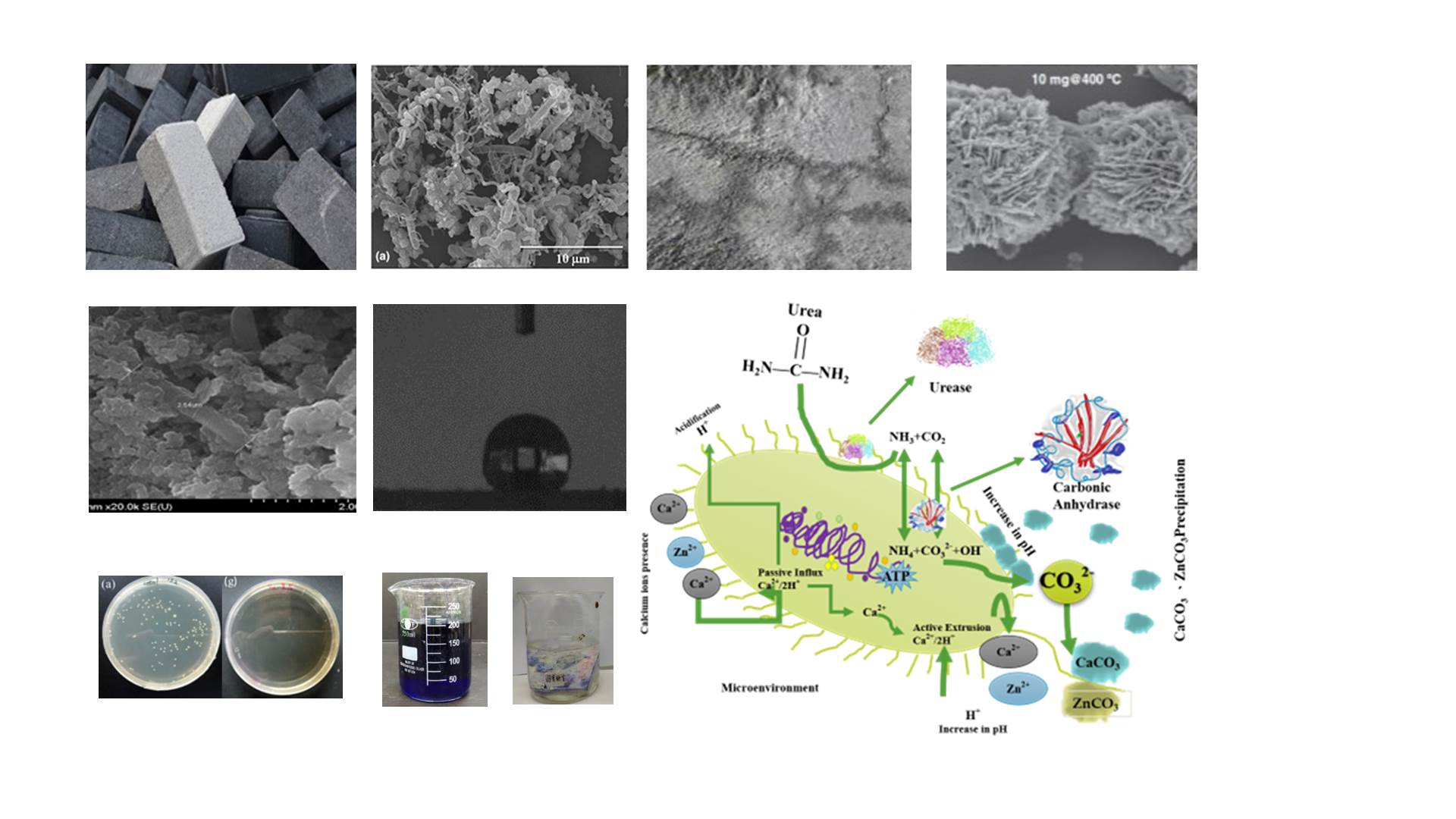Sustainable development of CO2: CO2 chemically converted to magnetic carbon nanofibers and their environment and biomedical applications

In this work, we developed a one-step process for synthesizing carbon nanofibers encapsulated Ni magnetic nanoparticles. The process for CO2 converted to solid carbon can be applied in many fileds:
1. The carbon-encapsulated magnetic Ni nanoparticles can apply to remove the organic compounds and heavy metal ion and can be rapidly separated from water.
2. The magnetic material can be used as a biomaterial widely applying to protein separation.
3. The carbon-encapsulated magnetic Ni nanoparticles can be combusted to generate heat energy, while the Ni metal is reused for the reaction of CO2 converted to solid carbon.
4. The carbon material can be used for the removal of formaldehyde in air and anti-bacteria and -virus.There have been no reports of the one-step synthesis of oxidized carbon nanomaterials with magnetic metal and straightforward synthesis of hydrophilic carbon nanomaterials with magnetic metal is challenging. In this work, hydrophilic, strongly magnetic Ni with strong magnetization were directly synthesized by CO2 hydrogenation. The magnetic carbon materials have been applied in the fields:
1. To remove the organic compounds and heavy metal ion from water.
2. Applying to protein separation.
3. It can be combusted to generate heat energy, while the Ni metal is reused for the reaction of CO2 converted to solid carbon.
4. To remove formaldehyde in air
5. Used as the anti-bacteria and –virus materials.Recently, we have described a novel method for converting CO2 to carbon nanofibers through catalytic hydrogenation of CO2 over Ni catalysts. If CO2 can be used as a carbon source for the conversion of CO2 into solid carbon, this process could be an important CO2 recycling technique because solid carbon can be conveniently stored. The magnetic carbon materials have been applied in the fields:
1.To remove the organic compounds and heavy metal ion and can be rapidly separated from water.
2.To be used as a biomaterial widely applying to protein separation.
3.It can be combusted to generate heat energy, while the Ni metal is reused for the reaction of CO2 converted to solid carbon.
4.It can be used for the removal of formaldehyde in air and anti-bacteria and -virus.
Name:陳敬勳
Phone:03-2118800#5685
Address:259 Wen-Hwa 1st Road, Kwei-Shan Tao-Yuan,Taiwan,333, R.O.C.

Bacterial degradation of environmental contaminants and their applicatio ns

The water supply operating module of the hyporheic flow project combined with region water distribution, drought countermeasures, and high turbidity water treatment.

The design development technology and Power Generation system of Organic Rankine Cycle and Trans-critical Organic Rankine Cycle for Conversion of Low-and-Medium Heat.

The development of bioconcrete with photocatalytic, hydrophobic, antiviral and antibacterial functions using microbial induced precipitation
Technology maturity:Prototype
Exhibiting purpose:Technology transactions、Product promotion、Display of scientific results
Trading preferences:Technical license/cooperation
Coming soon!